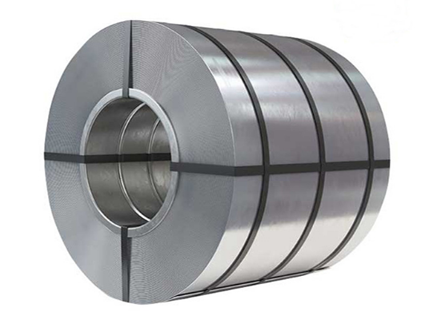News

Not every steelmaking method necessitates heating steel to its recrystallization temperature or above. Cold rolling, for instance, is conducted at ambient temperature. Predictably, it demands higher pressure for shaping and rolling steel at room temperature. Despite this, cold-rolled steel, manipulated well below steel's recrystallization temperature, offers numerous advantages. Here are some of the primary benefits of cold-rolled steel.
Cold-rolled steel is significantly stronger than hot-rolled steel. As the rollers compress the steel at room temperature, the steel becomes stronger due to strain hardening. How robust is cold-rolled steel precisely? While there may be exceptions, cold-rolled steel generally boasts approximately 20% more strength compared to its hot-rolled equivalent.
Apart from its increased strength, cold-rolled steel exhibits an improved surface finish. It's notably smoother and contains fewer surface imperfections compared to hot-rolled steel. This not only enhances the visual appeal of cold-rolled steel but also renders it more appropriate for specific applications, such as bridge construction.
Cold rolling enables narrower tolerance ranges compared to hot rolling. What does this signify precisely? In metalworking, "tolerance" denotes the allowable deviation in the overall thickness of metal. Cold-rolled steel is usually thinner, maintaining its strength in comparison to hot-rolled steel. Consequently, cold rolling provides tighter tolerance ranges that aren't achievable in other steelmaking methods.
Various methods exist for producing cold-rolled steel, including full-hard, half-hard, quarter-hard, and skin-rolled options. Among these, full-hard cold rolling is commonly favored due to its ability to achieve the narrowest tolerance levels. When executed accurately, full-hard cold rolling can diminish the steel's thickness by up to 50%. While other cold rolling processes can also reduce steel thickness, they are not as efficient as full-hard cold rolling.
While cold-rolled steel presents numerous advantages like enhanced strength, improved surface finish, and narrower tolerances, it also comes with a few drawbacks. In comparison to hot-rolled steel, producing cold-rolled steel usually incurs higher production costs. Consequently, for many metalworking companies, the cost-effectiveness of hot rolling makes it a more appealing process.
In addition to its remarkable physical properties, cold-rolled steel offers economic benefits. Its durability and longevity reduce the need for frequent replacements, leading to cost savings in the long run. Furthermore, the recyclability of steel aligns with sustainability goals, promoting a greener approach to manufacturing and reducing environmental impact.
One more drawback of cold-rolled steel is its limited malleability. Hot-rolled steel is easier to deform and shape because it undergoes heating to or above its recrystallization temperature during the process. On the other hand, cold rolling entails compressing steel under rollers at room temperature, resulting in increased difficulty in shaping the material.